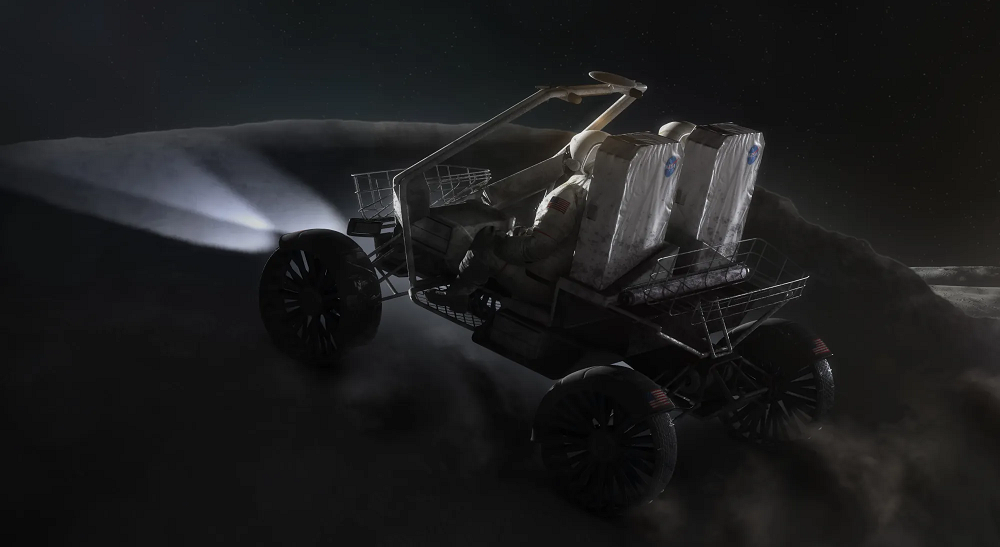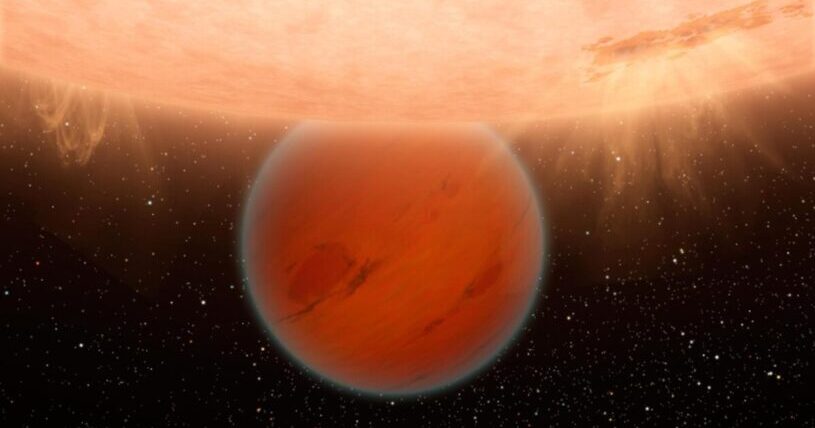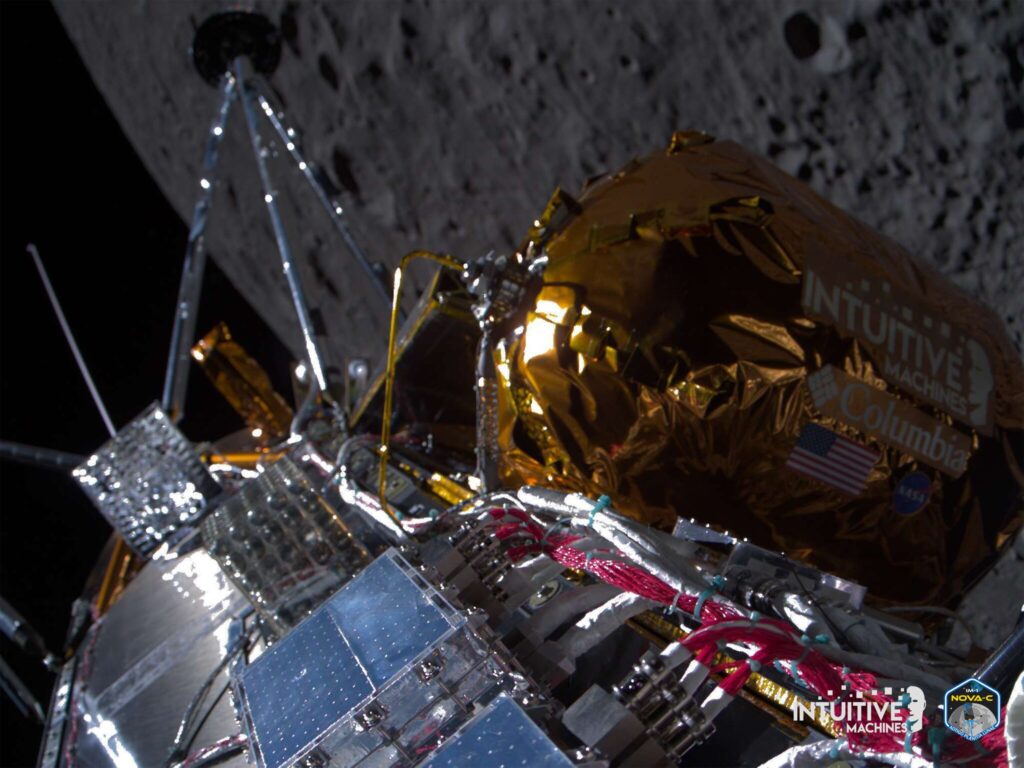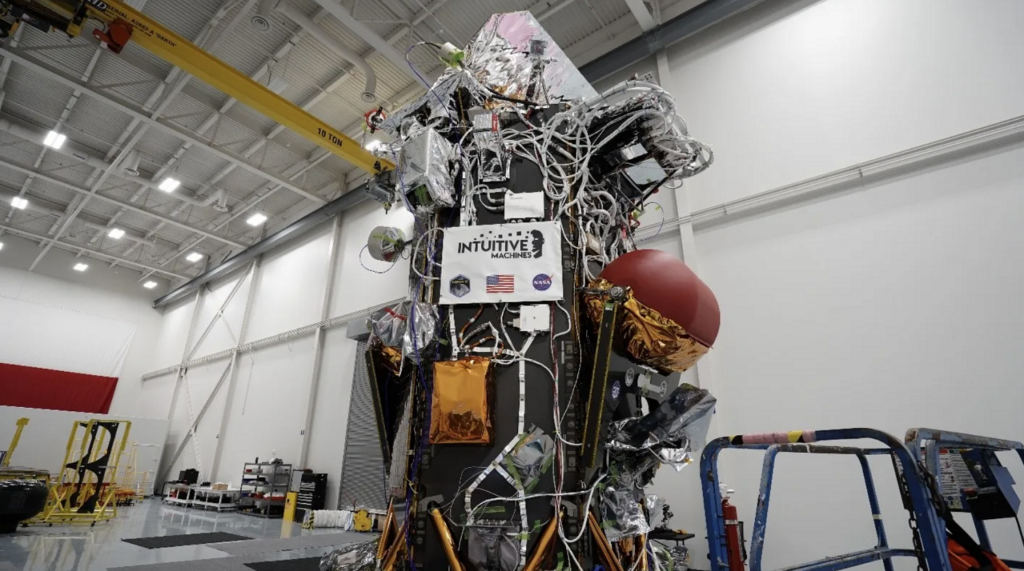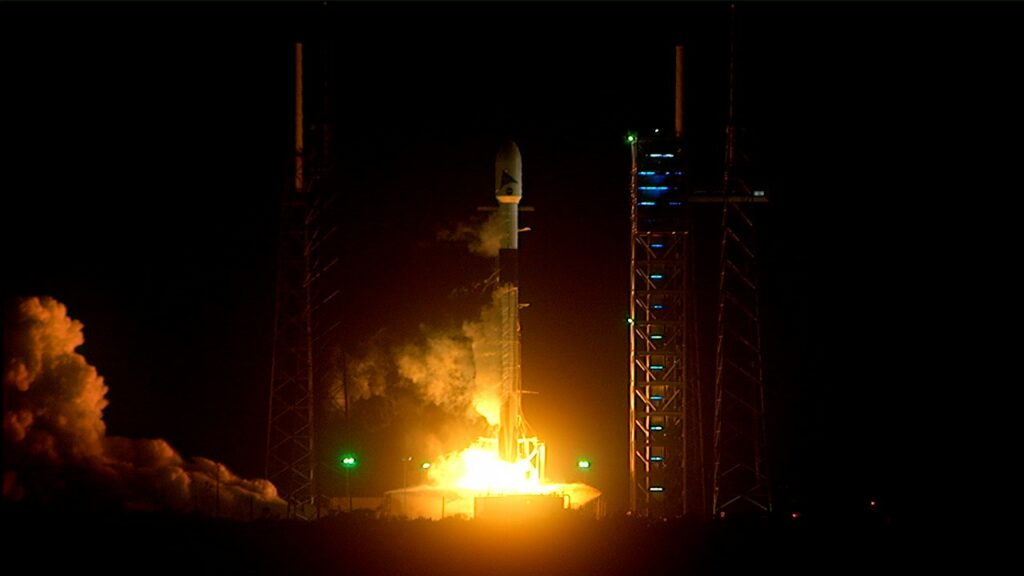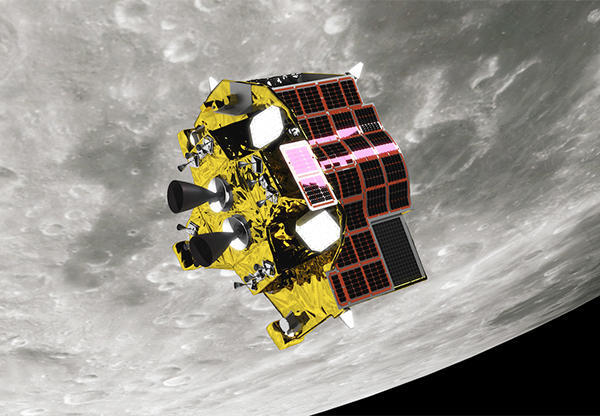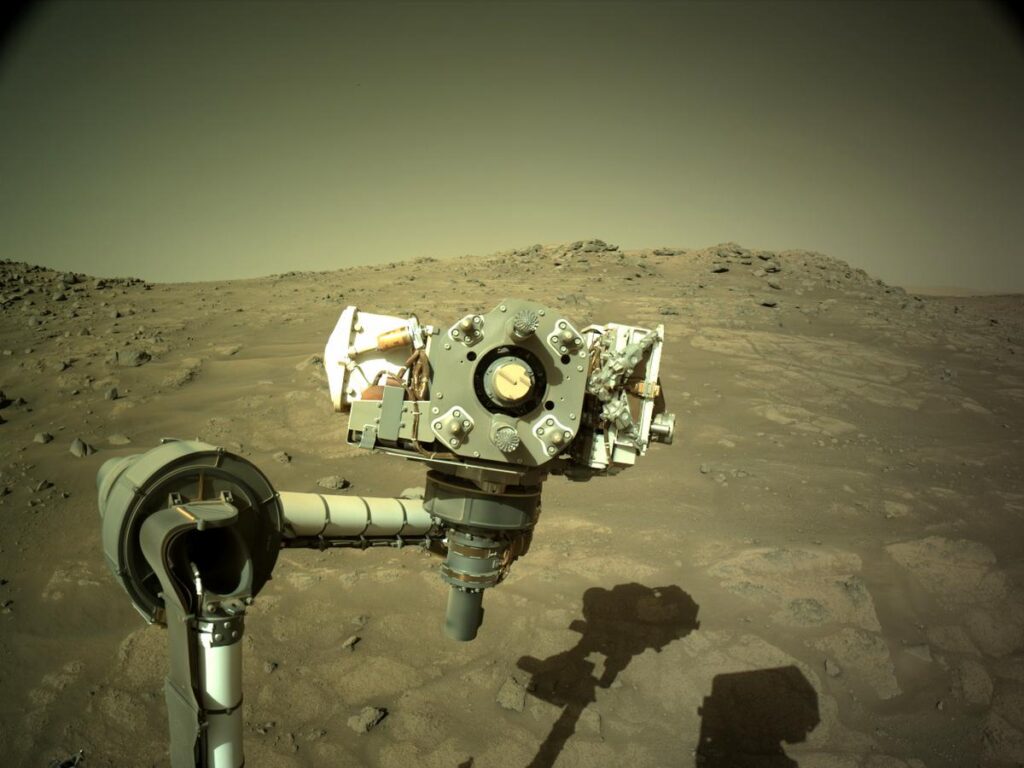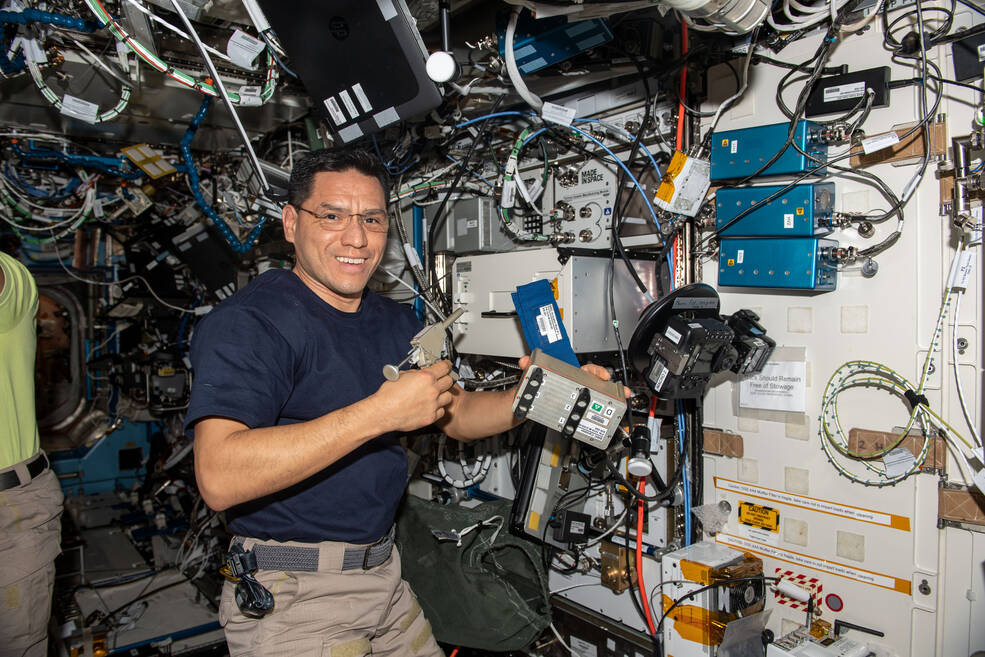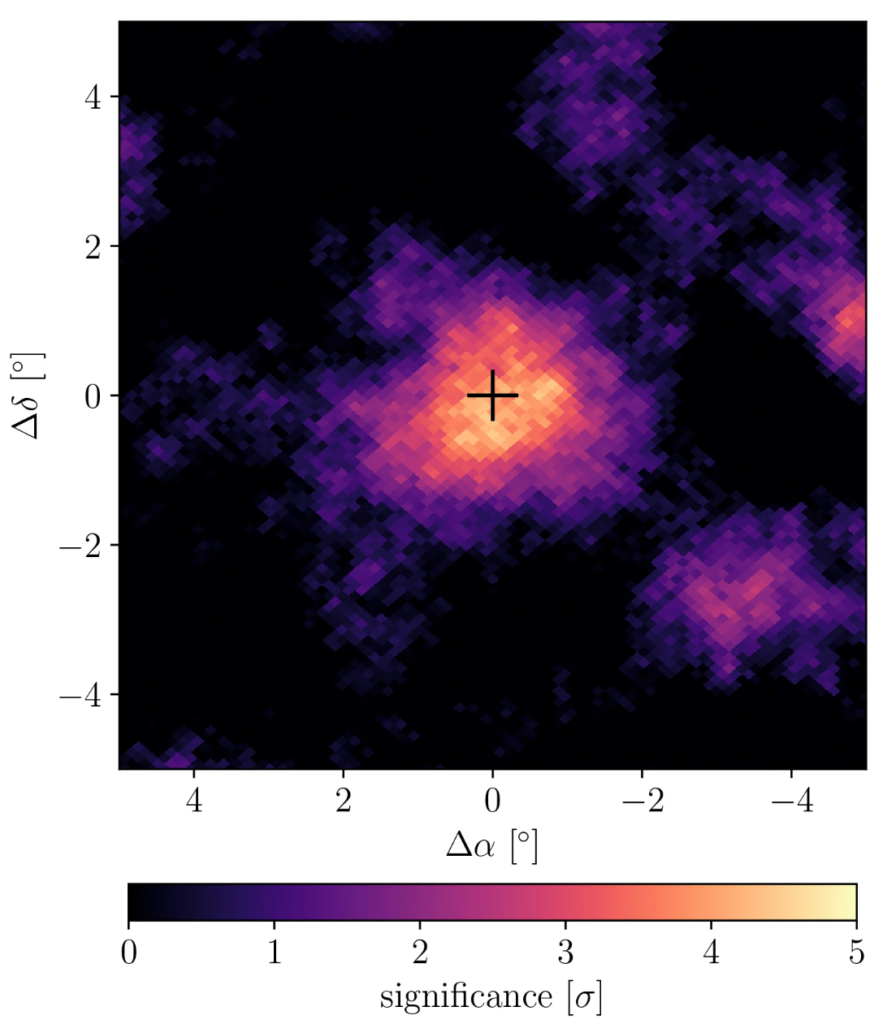Posts Tagged ‘featured’
NASA selects Intuitive Machines, Lunar Outpost, and Astrolab to develop Artemis Lunar Terrain Vehicles
NASA has selected three American companies to develop the lunar vehicles astronauts will use during future Artemis missions.
Read MoreAt least 1 in 12 stars may have eaten neighboring planets
A new study published in Nature indicates at least one in a dozen stars have ingested or absorbed a planet at some point in the past. Researchers examined the chemical composition of 91 pairs of twin stars. Because the stars formed together, they should have identical compositions. But when a star ingests planetary material, such as iron from a rocky body, its chemistry alters.
Read MoreIntuitive Machines achieves first American Moon landing since 1972
After more than 50 years, an American spacecraft has again landed on the surface of the Moon. The Intuitive Machines Mission One (IM-1) lander, nicknamed Odysseus, touched down in the crater Malapert-A near the lunar south pole at 6:23 p.m. EST on Feb. 22.
Read MoreIntuitive Machines spacecraft launches, aims for lunar landing next week
The second mission of NASA’s Commercial Lunar Payload Services program is on its way to the Moon. A Falcon 9 rocket launched the first Intuitive Machines Nova-C lunar lander (IM-1) in the early hours of Thursday, Feb. 15. The spacecraft is expected to land on the Moon’s south pole region on Thursday, Feb. 22. If…
Read MoreAfter Multiple Delays, NASA Launches PACE Climate Observation Satellite
On Feb. 8, 2024 NASA launched the PACE satellite, which will study the impact of aerosols and carbon on Earth’s oceans and phytoplankton.
Read MoreSLIM Lunar Lander Makes Japan Fifth Nation on Moon
The Japan Aerospace Exploration Agency’s SLIM lunar lander touched down on the near side of the moon, making Japan the fifth country to perform a soft lunar landing.
Read MorePerseverance Rover Logs 1,000 Days on Mars
NASA’s Perseverance rover and its miniature helicopter Ingenuity have now explored the Martian surface for 1,000 days, traversing an ancient crater and collecting 23 geologic samples.
Read MoreAstronaut Frank Rubio Coming Home After Record-setting Year in Space
Frank Rubio set the record for the longest single spaceflight by an American astronaut on Sept. 11, 2023, which he celebrated aboard the International Space Station. He then achieved a full year in space on Sept. 21.
Read MoreRecord-Breaking Solar Radiation Detected, Raising Physics Questions
A new study details the highest-energy radiation ever documented from the Sun, roughly 1 trillion times more powerful than visible light. Not only is the solar radiation stronger than expected, there’s also more of it. The researchers involved say the discovery calls for a “revised theoretical framework” to explain the excess of solar gamma rays.
Read MoreCelebrating 60 Years of Women in Space
June 16 marks the 60th anniversary of Valentina Tereshkova’s historic launch to orbit, where she became the first woman to reach space.
Read More